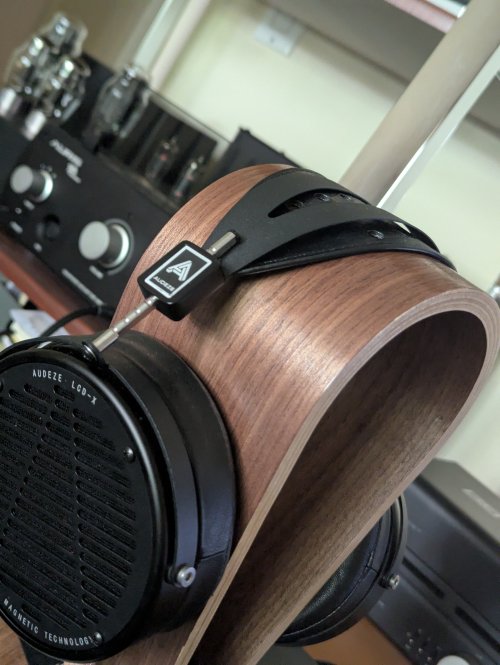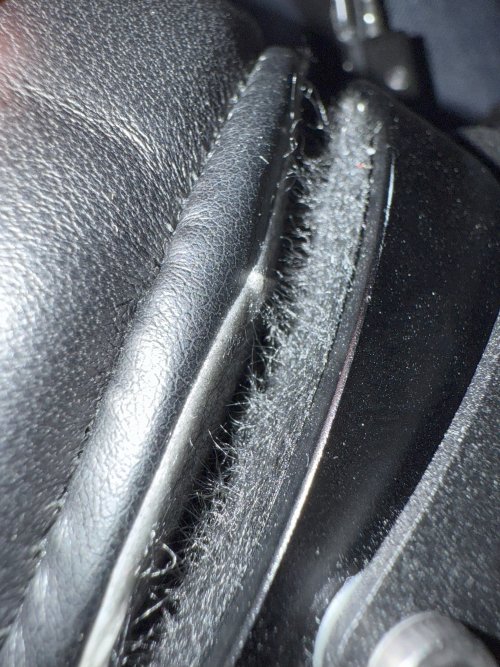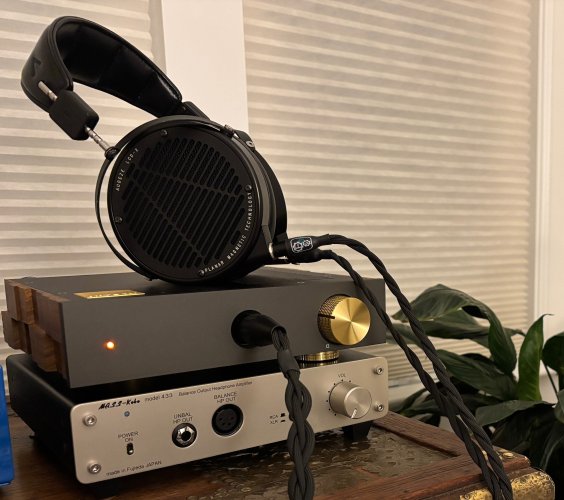Very interesting.This is not exactly the case, the measurements carried out by Audeze have te ear gain but are carried out with a different instrument, the Neumann KU100, which returns a different frequency response than the GRAS 43AG-7 used by Crinacle and the others.
Therefore it is true, it is not possible to match the graphs provided by Audeze with the Harman 2018 target.
To overcome this you must use a different target which corresponds to a straight line with a slope of 1.5db slope tilt like the following image:
What you see is the frequency response of my LCD-X that I digitized using the frequency response that Audeze provided me
Below is the same frequency response with the EQ I applied using the graphic tool:
I recreated the target in question and loaded it onto the instrument as it is not among those made available.
As you can see for example, the gain that is given to compensate for the lack at 4000hz is still necessary as you would with the frequency response generated by the GRAS at more or less the same amount, therefore this shows that the gain for the ear is also present in measurements with the KU100.
This is the method that Audeze uses to correct its headphones with the Audeze Reveal tool, however in the correction it made for the 2021 LCD-X it was limited only to correcting the lack at 4000hz by around 5db and increasing the low end by 2db, without lowering the mid band so as not to distort the typical house sound (with a more neutral and less U-shaped sound) and without decreasing the peak at 10800hz so as not to remove air, as follows:

So how would I go about digitising my own Audeze graph? as it would be very useful to do this myself, and compare to my current settings

Thanks


































